The Basset Hound is one of the most unmistakable dog breeds in the world. With its deep gaze, long, velvety ears, and stoic-melancholic facial expression, it wraps everyone around its little finger. Yet, behind this comical facade hides a highly specialized scent hound with an unwavering work drive and an incredibly fine sense of smell. This detailed breed guide dives deep into the nature of the Basset Hound, illuminates its history, gives practical tips on training and ownership, and explains why this charming four-legged friend requires consistent guidance despite its composure.
Table of Contents
- History and Origin
- Character and Temperament
- Basset Hound Puppies
- Build and Anatomy
- Training and Education
- The Scent Hound in Everyday Life
- Ownership and Exercise
- Nutrition
- Health and Care
- Dealing with Baying (Spurlaut)
- Basset Hound Profile
History and Origin: From Scent Hound to Family Favorite
The name "Basset" comes from the French word bas, meaning "low" or "small" – a clear reference to its short stature. The breed's origins trace back to the Middle Ages, when low-rider hunting dogs capable of slow tracking were bred in French monasteries, particularly the Abbey of St. Hubert.
Evolution of the Breed
The Basset Hound as we know it today is a direct descendant of the Artesian Basset and the Basset Hound Normand. These dogs were bred to track foxes, hares, and pheasants in dense undergrowth. Their low height ensured the hunter never lost sight of the prey, and could easily follow on foot. In the 19th century, the breed found its way to Great Britain, where it was crossed with other hounds to develop the typical, heavier build and the characteristic wrinkles we see today.
The Basset Hound remains a recognized scent hound and short-legged hunting dog with one of the best senses of smell in the entire canine kingdom, second only to the Bloodhound.

Character and Temperament
The Basset Hound temperament is a fascinating mix of gentleness, composure, and a surprising degree of stubbornness.
- The Family Dog: Basset Hounds are known for their exceptional good nature and deep affection for their family. They are excellent family dogs, patient and loving with children, and generally get along well with other pets. Their calm demeanor makes them pleasant companions in everyday life.
- The Scent Hound: Despite their apparent leisurely nature, they harbor a true hunting dog. Their prey drive is primarily focused on tracking scents. Once a Basset picks up a trail, the rest of the world can cease to exist for it.
- The Headstrong Nature: Basset Hounds are intelligent, but they are not a "will-to-please" breed like a Labrador. Their intelligence often shows in them carefully weighing whether an instruction is worth their effort. This stubbornness sometimes makes training challenging, but above all, requires patience and humor. When a Basset Hound refuses, it is not malicious, but simply convinced that its current activity (usually ignoring the recall) is more important.
- The Noise Level: Another characteristic feature is their deep bark and howl (baying). They will use this especially when they are alone (which they absolutely dislike!) or when tracking a scent. This must be considered when owning one in an apartment or multi-family dwellings.
Basset Hound Puppies
Raising a Basset Hound puppy is a particularly charming, yet challenging, time. Puppies are initially incredibly clumsy and playful. Their joints and long back are particularly sensitive during this growth phase. Jumping and climbing stairs must be strictly avoided to optimally support the development of the spine and joints. Early and gentle puppy socialization at a puppy class is important to accustom them to different sounds, people, and dogs. Read more about the first weeks in our Puppy Training Guide. Make sure training is short and reward-based, using positive reinforcement from the start to address the typical Basset stubbornness.

Build and Anatomy
The Basset Hound is immediately recognizable by its unique appearance. It is a short-legged scent hound, meaning it has a long torso, short legs, and an impressive mass.
| Feature | Description |
|---|---|
| Size & Weight | Height at the Withers: 13 to 15 inches (33 to 38 cm). Weight: 55 to 65 pounds (25 to 30 kg). The sheer bulk is surprising for its small stature. |
| Head & Expression | Distinctive, large head with low-set, very long ears. The melancholic, wrinkled expression is typical of the breed. |
| Tail & Gait | The tail is carried gaily in a slight sickle shape. The gait is slow and stoic, but enduring. |
| Coat & Colors | The coat is short, smooth, dense, and weather-resistant. Typical colors are two-tone (Bicolor, e.g., Lemon and White) or three-tone (Tricolor: Black, White, Tan). |
The long ears help the Basset Hound funnel scents from the ground directly to its nose – an ingenious anatomical adaptation for its work as a tracker.
Training and Education: Consistency and Motivation are Key
The Basset Hound's training requires patience, consistency, and above all, positive motivation. They react extremely poorly to harshness and compulsion, as this only reinforces their stubbornness.
- Positive Reinforcement: Basset Hounds are food motivated! Use high-value treats, toys, or plenty of praise as a reward. When the dog realizes that executing your command leads to something delicious, they are much more motivated.
- Leash Training: This is a key area. Due to their prey drive and strong nose, leash training is essential. The dog should learn early that they must not pull when following a scent.
- Recall: The recall must be trained from the start under low-distraction conditions. Once a Basset Hound is on a scent, its hearing is temporarily suspended. A reliable off-leash recall is extremely difficult to achieve. Many owners therefore rely on a long line in open areas to ensure safety.

The Scent Hound in Everyday Life: Mental Stimulation through Nose Work
The Basset Hound is primarily a working animal, whose greatest asset is its nose. Mental stimulation through scent tasks is more important for its well-being than hours of running.
Concrete Scent Work Ideas for the Basset
- Food Dummies and Snuffle Mats: Simple and effective games that keep them occupied indoors or in the yard. The slow retrieval of the reward helps challenge their minds.
- Mantrailing and Tracking: If you can invest more time, following an artificial or human scent is an ideal activity. This satisfies their primal hunting instinct in a controlled manner.
- Bonding through Search Games: Searching for you or a hidden toy strengthens not only their nose but also the bond and focus on their human. Good impulse control is also important here.
The combination of low speed and high concentration in nose work makes this form of activity perfect for their joint-friendly lifestyle. Neglected scent work can quickly lead to boredom and thus to undesirable behavior like howling or destruction.
Ownership and Exercise
Contrary to the cliché of the lazy lap dog, the Basset Hound needs regular exercise and above all, mental stimulation.
- Exercise (Quantity vs. Quality): Long, sustained runs are not ideal due to their build – joints and the long spine should be protected. Instead, frequent, moderate walks are necessary.
- Living Situation & Stairs: They are adaptable and can be kept well in an apartment, provided they get sufficient daily exercise and nose work. Learn more about Living with a Dog in the City. Important here is the noise level (baying!) and caution with stair climbing. Ideally, stairs should be avoided or secured with a ramp to relieve the joints.
- Securing the Yard: Caution: Where the Basset smells a trail, they will go. They are masters of digging and escaping. Fences should be sunk deep into the ground and be absolutely escape-proof.
- Being Alone: The Basset Hound is a pack animal and hates being alone. They are then prone to separation anxiety, destructiveness, or excessive howling. They are ideal for families or individuals who spend a lot of time at home.

Nutrition: How to Protect the Short Legs from Obesity
Due to their build, weight management is of vital importance for the Basset Hound. Obesity puts a strain on the short but massive joints and the long spine, which dramatically increases the risk of Intervertebral Disc Disease (IVDD) and arthritis.
Feeding Strategies for the Basset
- Calorie Control: Bassets are voracious and would overeat at any time. Pay close attention to the correct daily ration and deduct treats from the main meal.
- Slow Feeder Bowls: Many Basset Hounds tend to inhale their food. A slow feeder bowl slows down eating, which reduces the risk of bloat (gastric torsion) and promotes satiety.
- No Floor Feeding: To reduce the strain on the long back, it is often recommended to place the food bowl slightly raised.
- Nutrition as Training: Use part of the daily ration for training or food dummies to integrate feeding not just as pure consumption, but also as mental occupation.
Health and Care: Special Attention to Eyes, Ears, and Wrinkles
Basset Hound care is not overly time-consuming, but requires consistency in certain areas.
- Coat Care: The short, dense coat sheds constantly. Regular brushing (once a week) removes loose hair and keeps the coat shiny.
- Ear Care and Hygiene: The extremely long ears hang low and prevent good ventilation. Basset Hounds are therefore prone to ear infections. The ears must be checked daily for redness and odor, and cleaned regularly to remove moisture and dirt.
- Wrinkle Care: The skin wrinkles around the mouth and eyes (especially the droopy eyes) must be kept clean and dry to prevent skin irritations and infections. Gently clean the wrinkles with a damp cloth and then dry them carefully. Dental care should not be forgotten: How to properly brush your dog's teeth.
- Breed-Specific Diseases: Typical breed health problems include: Intervertebral Disc Disease (IVDD) (due to the long back), Hip Dysplasia (HD), and the tendency for droopy eyes (Ectropion). Be sure to purchase from a reputable breeder.

Dealing with Baying (Spurlaut): Training and Management for Quiet Living
The Basset Hound's baying is deeply rooted in its hunting instinct and can become a challenge for owners in densely populated areas. As a scent hound, it tends to track its scent loudly, which is a sign of excitement and focus.
Dealing with Barking and Howling
- Leash Management: Since they cannot hear when they are on a trail, the leash is the best management tool. If scents lead to vocalizations, it helps to calmly remove them from the situation.
- Training the Interrupt Signal: Train an interrupt signal ("Stop!", "Enough!") starting in puppyhood, beginning in a low-distraction environment. This signal should always be associated with a high-value reward that is better than the satisfaction of baying.
- Activity as Prevention: A Basset Hound whose nose and mind are stimulated through daily nose work (see above) is more balanced in everyday life and less prone to excessive baying.
- Neighborhood Management: Be aware that howling and barking can occur, especially when the Basset is alone (which should be avoided!). Open communication with neighbors is often the best approach here.

Basset Hound Profile: Breed Facts at a Glance
| Feature | Siliena Breed Facts |
|---|---|
| Country of Origin | France/Great Britain |
| FCI Group | Group 6: Scent Hounds and Related Breeds (Section 1.3: Short-legged Scent Hounds) |
| Height at Withers | Males and Females: 13 – 15 inches (33 – 38 cm) |
| Weight | 55 – 65 lbs (25 – 30 kg) |
| Life Expectancy | 10 – 12 years |
| Coat & Colors | Short, dense. Tricolor (Black, White, Tan) or Bicolor (Lemon, White) |
| Temperament | Gentle, patient, composed, stubborn, baying on scent |
| Training Requirement | Medium to High (needs a lot of consistency, positive motivation) |
| Exercise Need | Medium (frequent, moderate walks, intensive nose work) |
| Ideal for | Families with time, calm but consistent owners who love nose work |
| Suitable Siliena Accessories | Siliena Classic Collar (stable padding for the strong neck), Classic Leash (robust, 3-way adjustable for controlled guidance) |
The Basset Hound is a dog full of charm and personality. Those who take their stubbornness with humor and offer them sufficient opportunity for nose work gain a loyal, loving, and unmistakable companion.


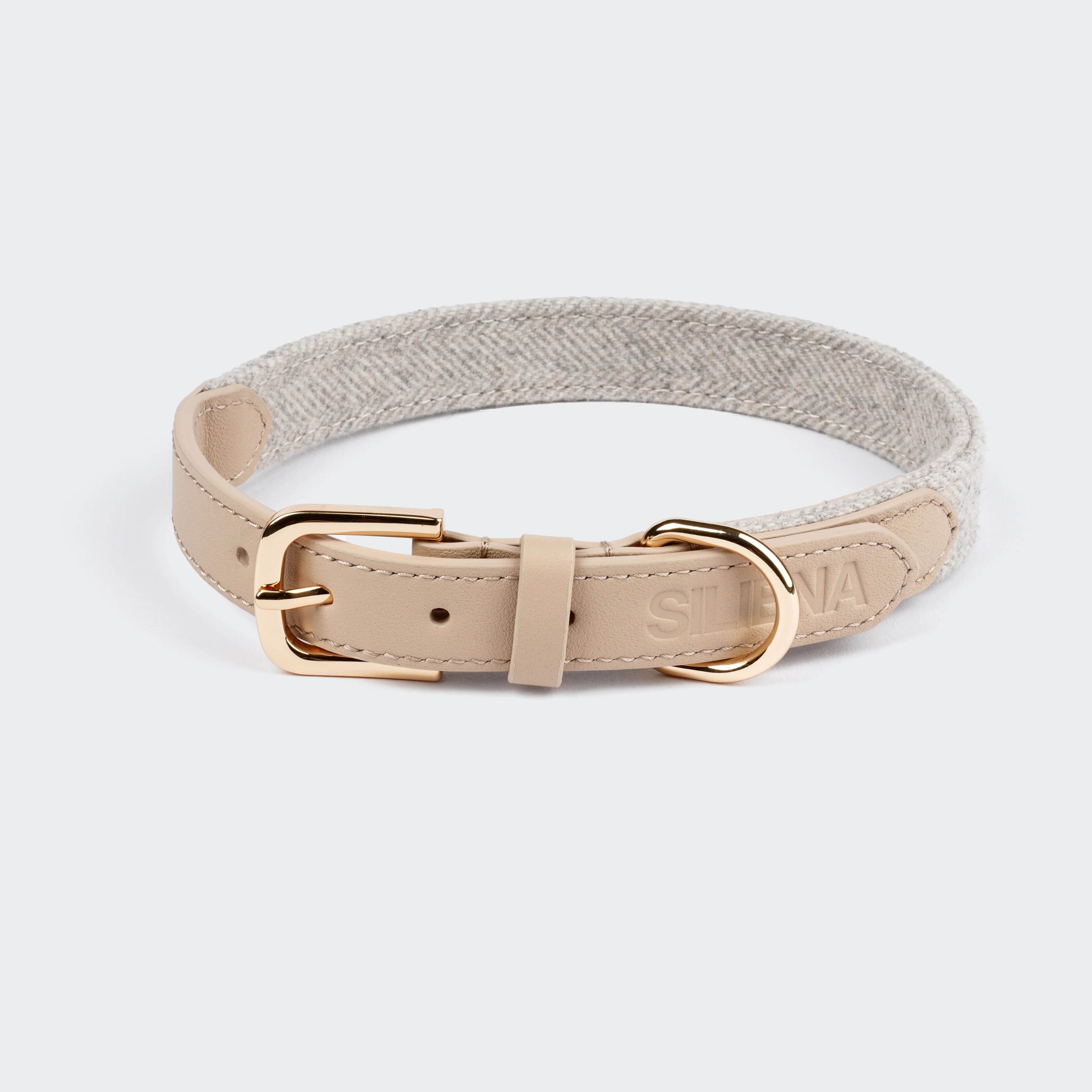
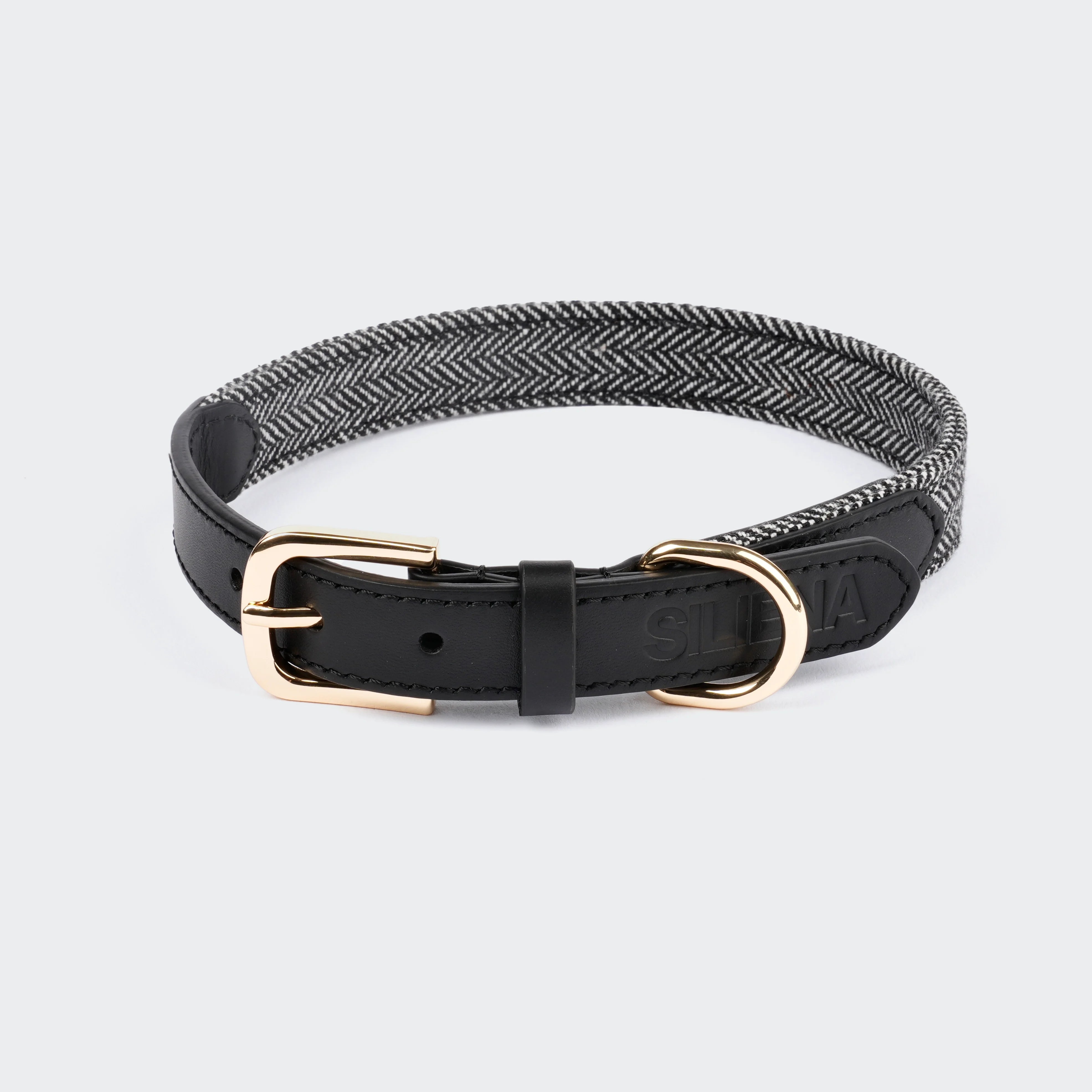
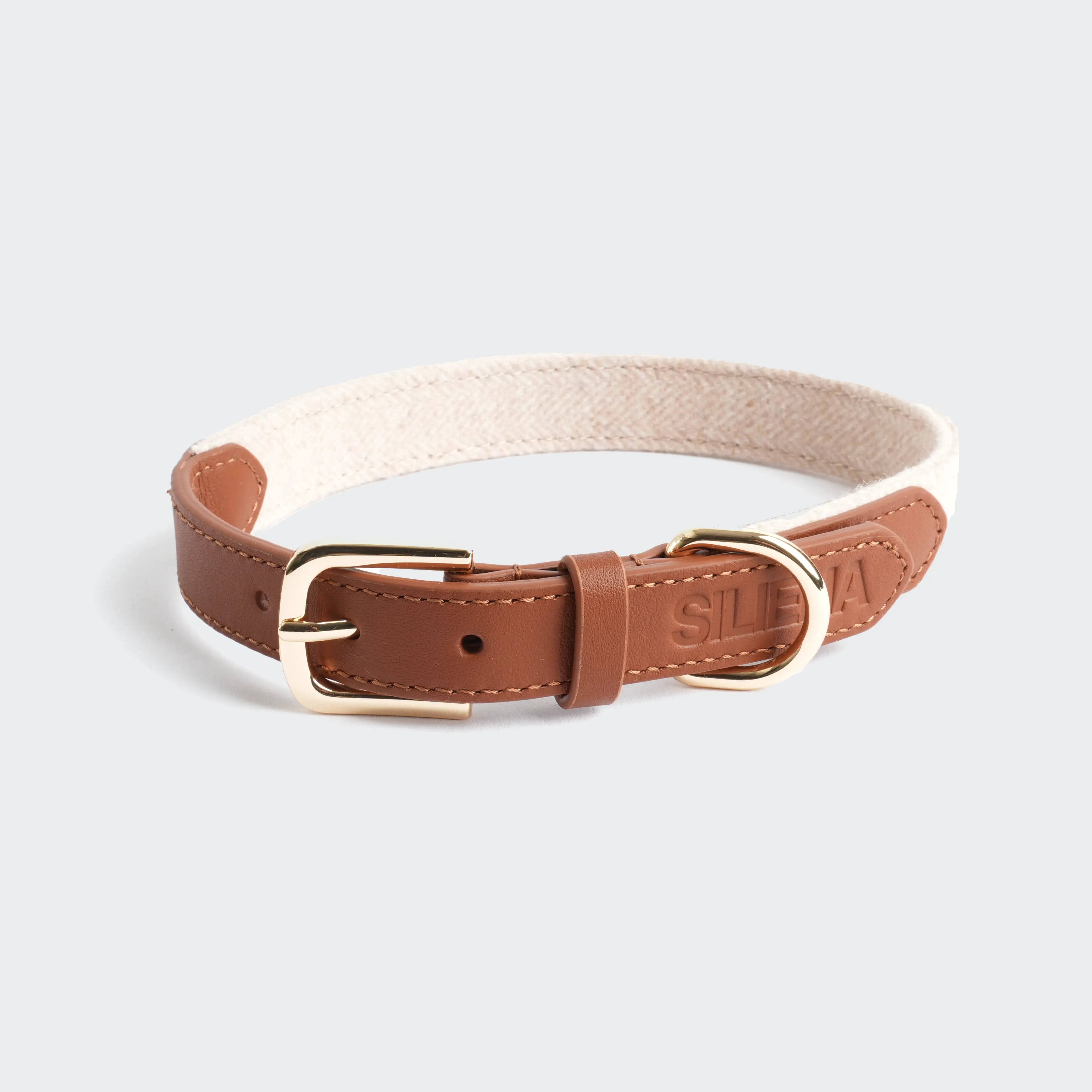
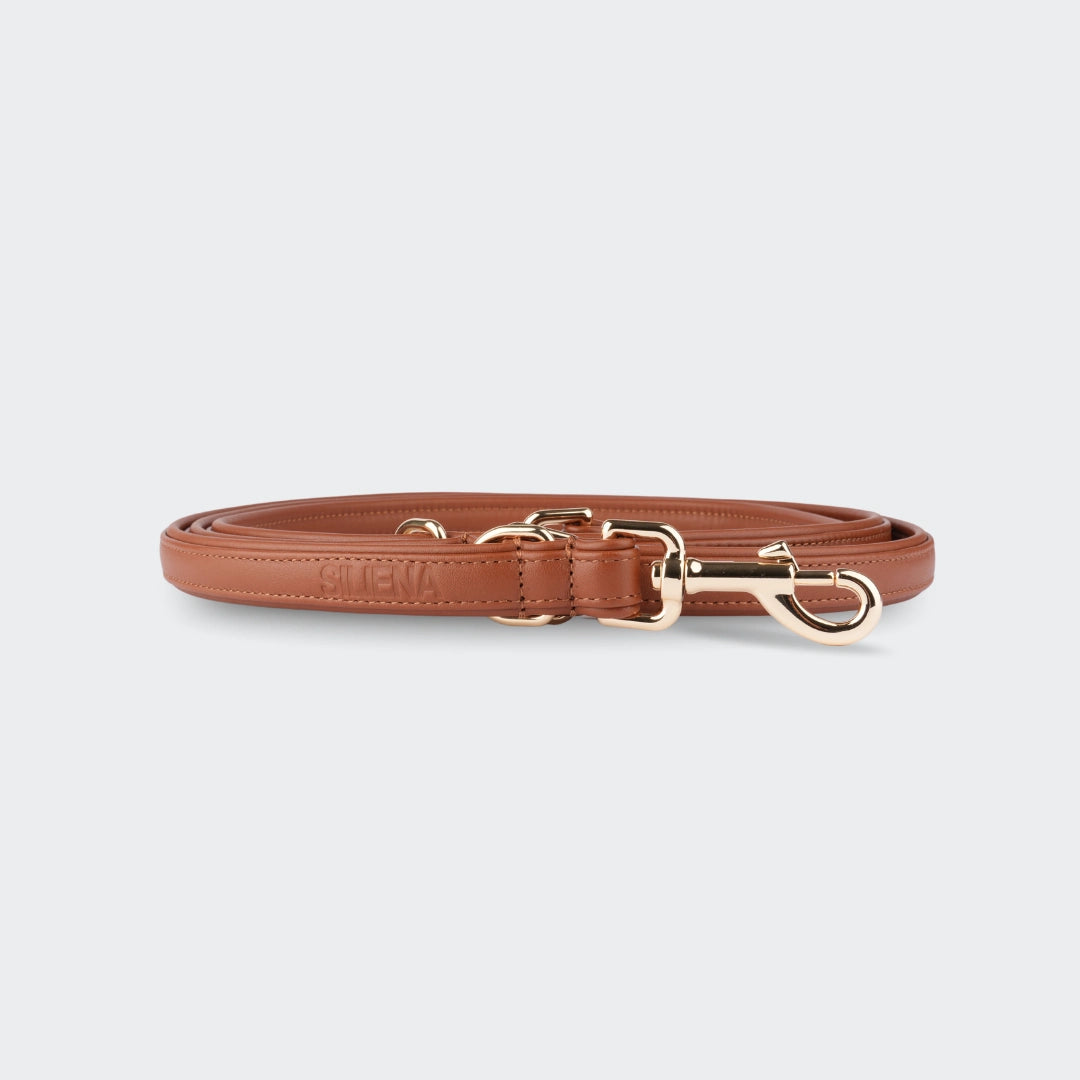
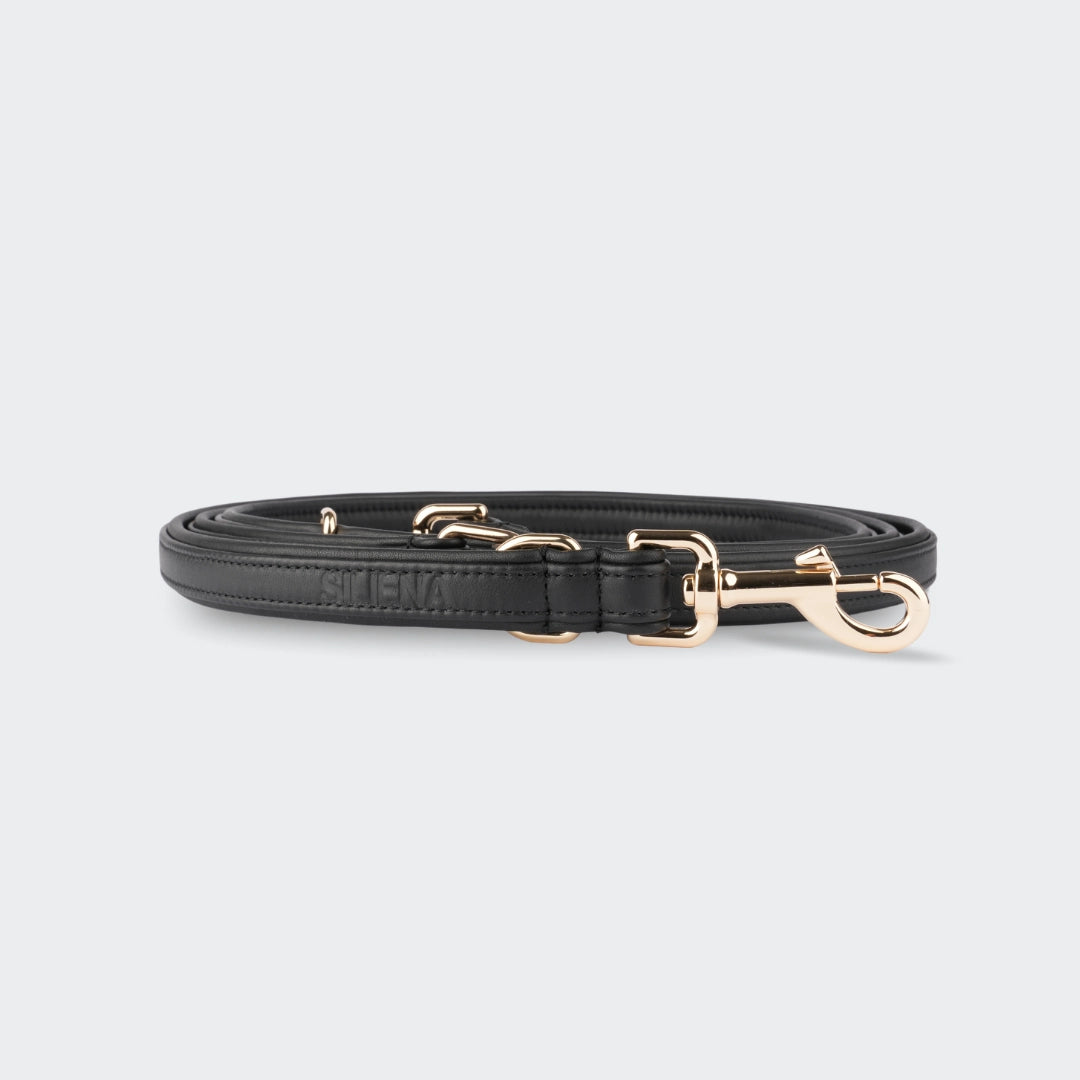
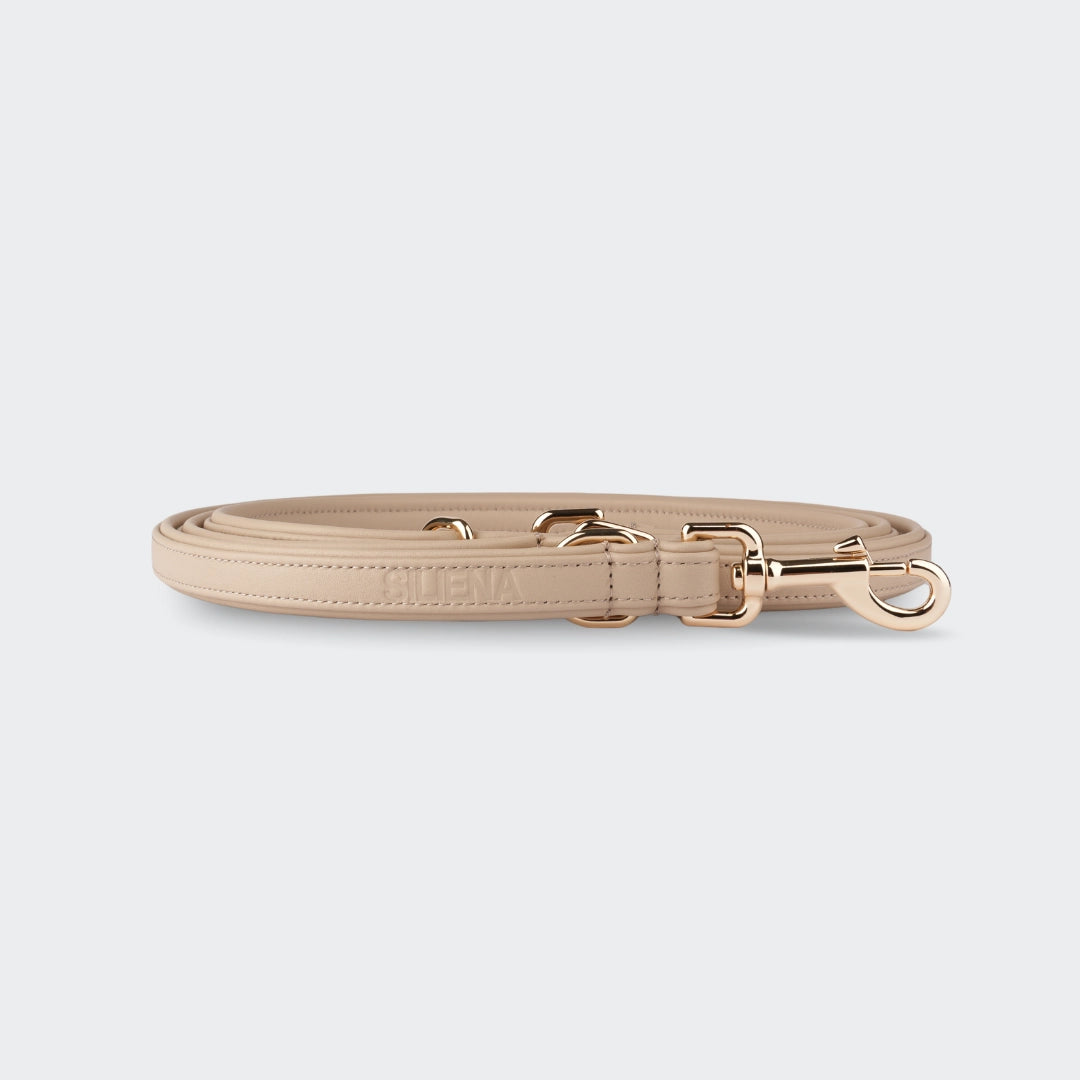
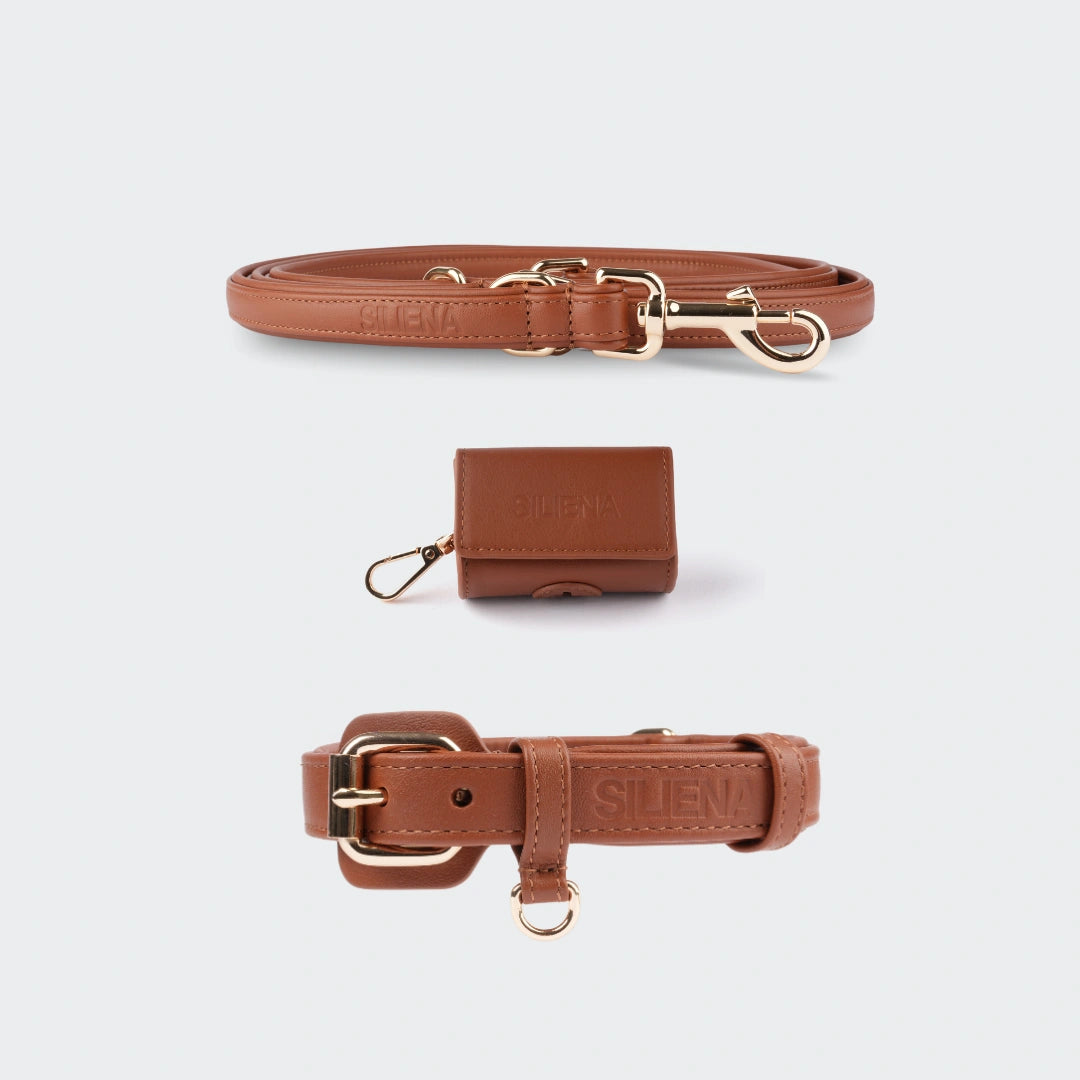
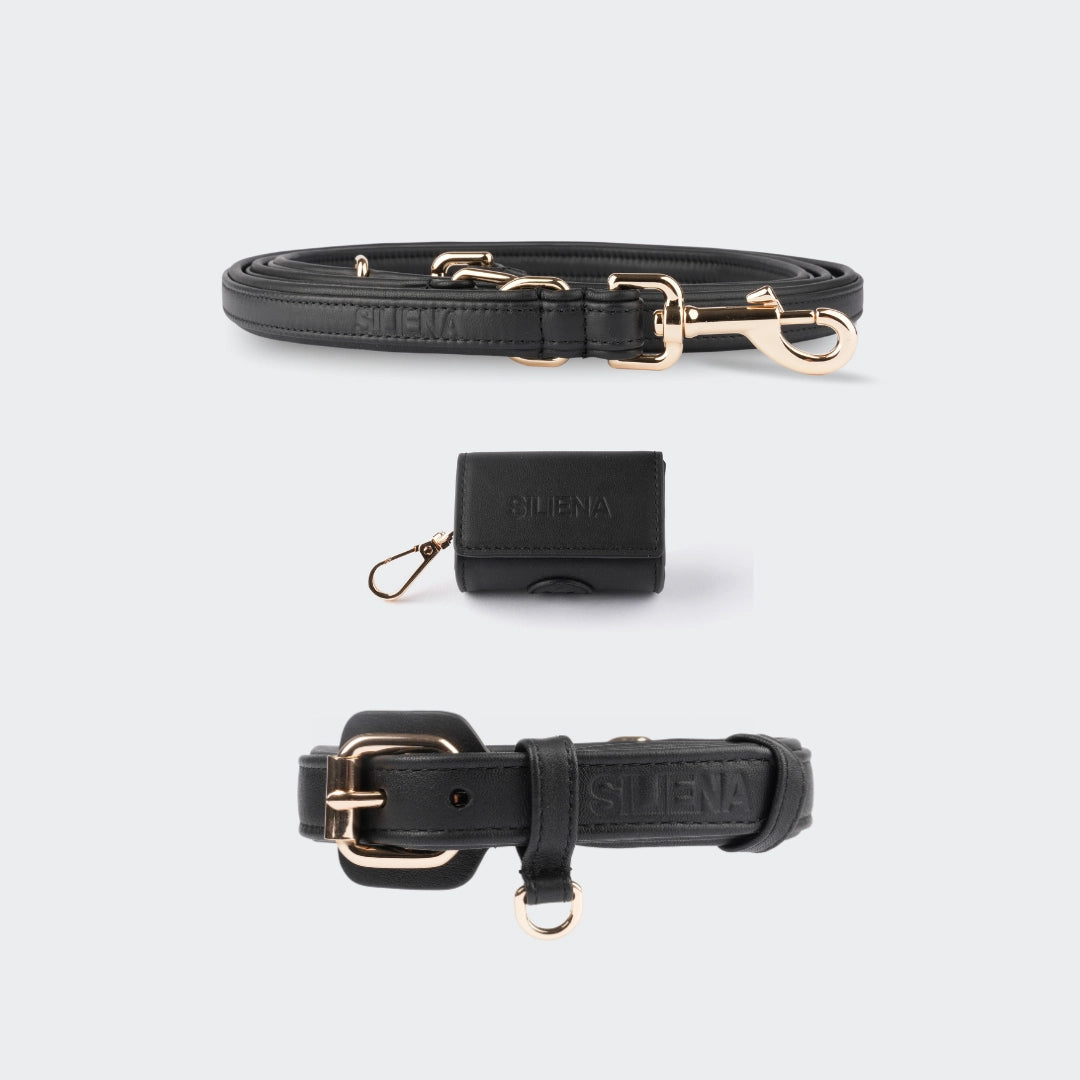
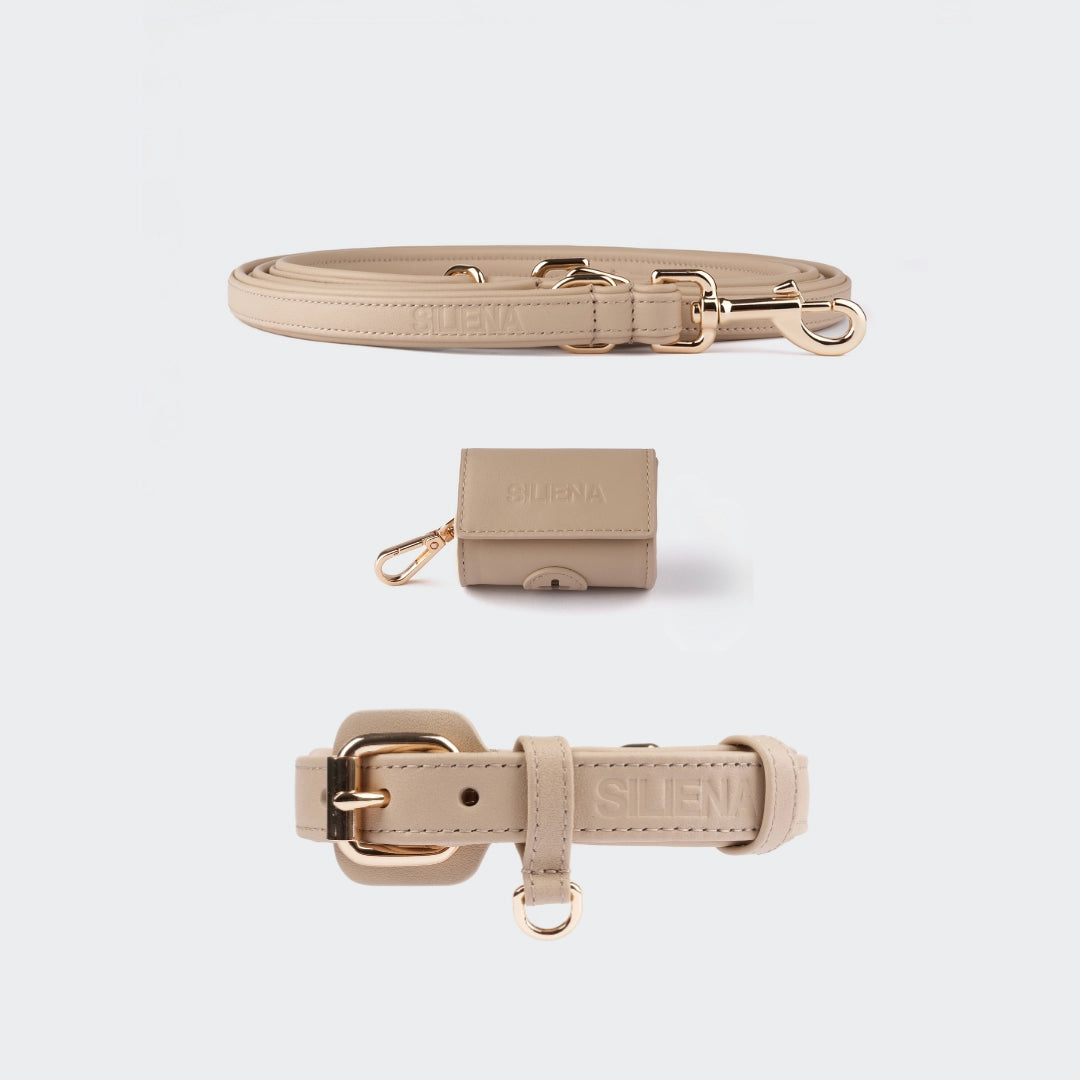
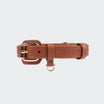
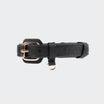
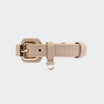
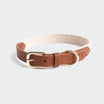
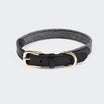
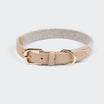
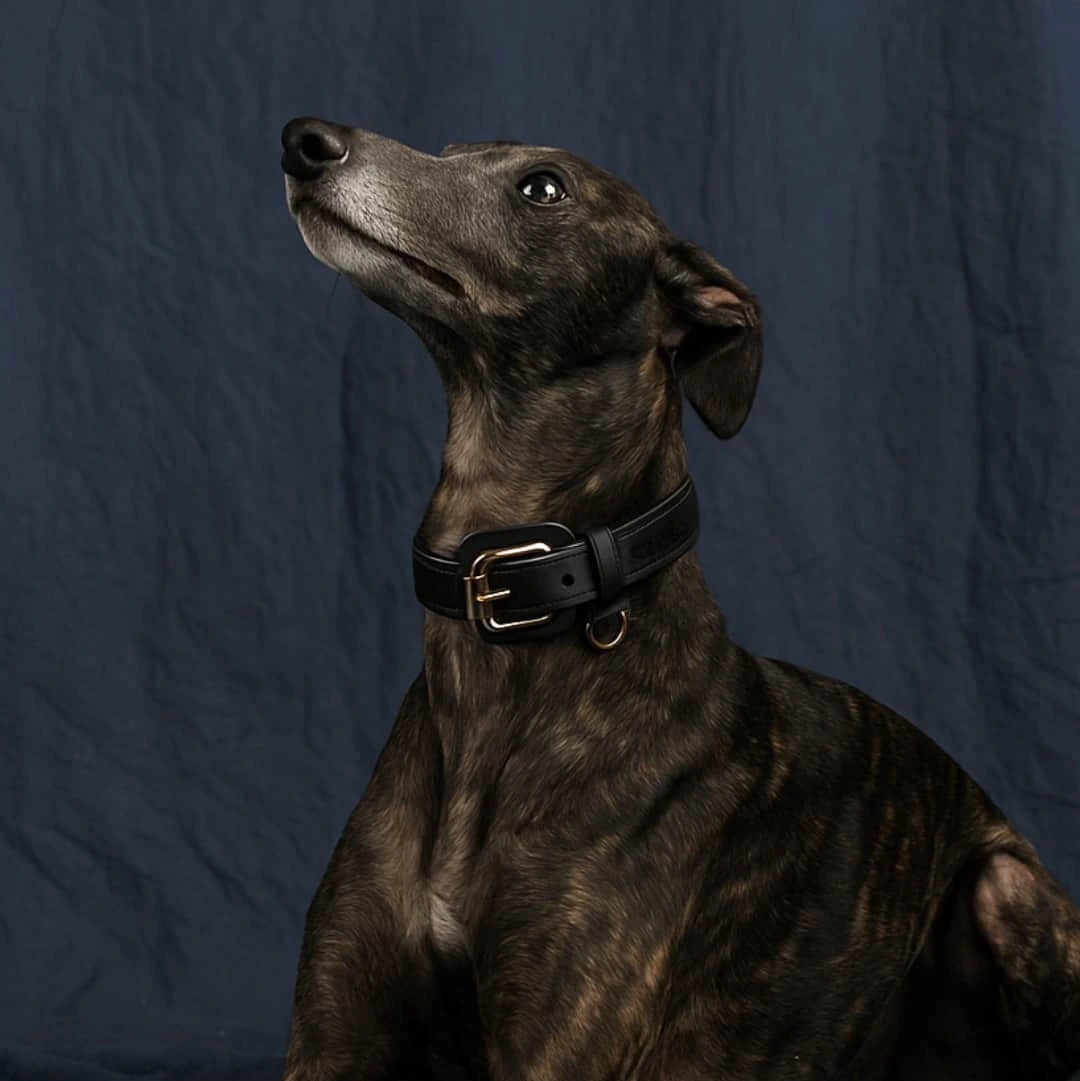
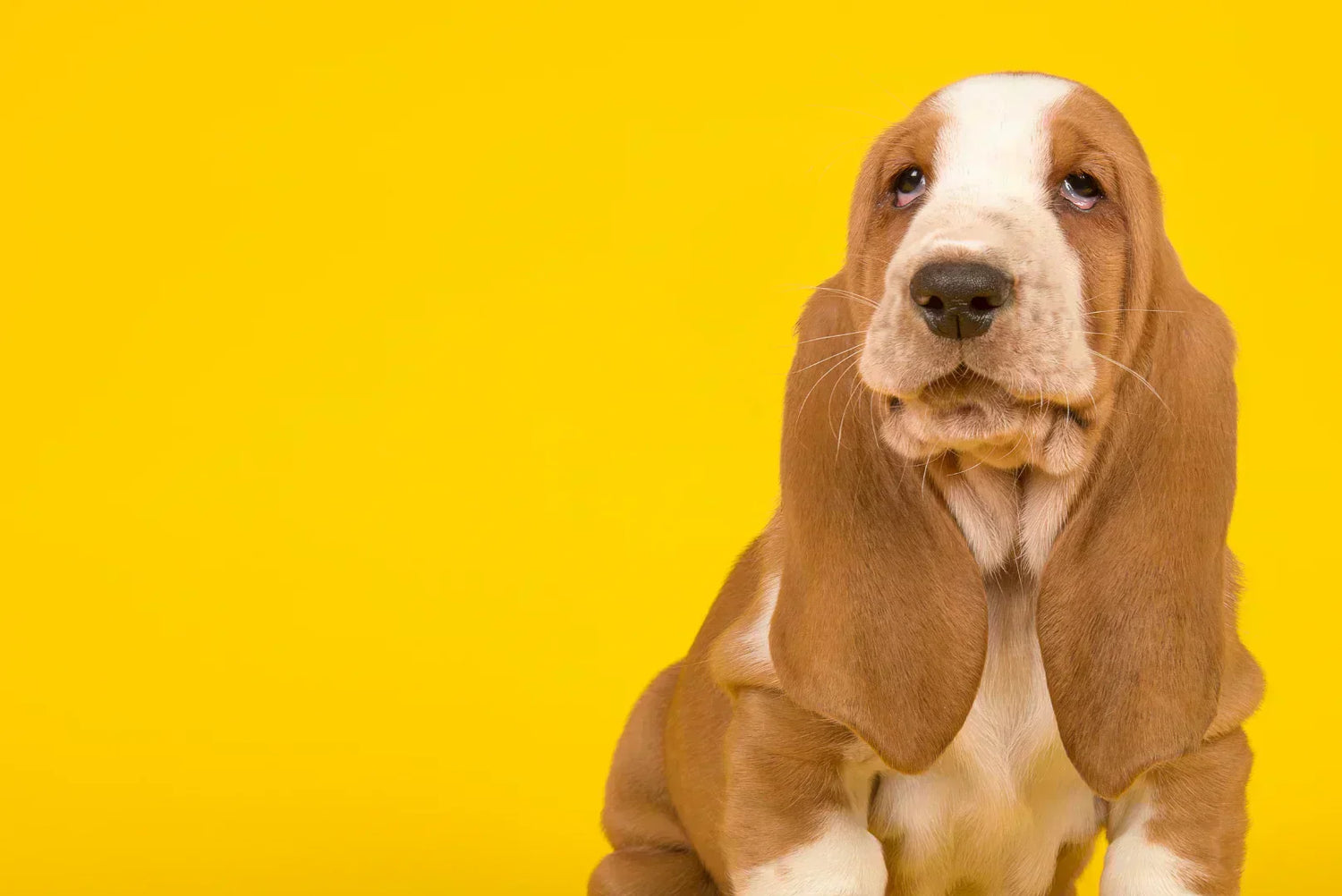
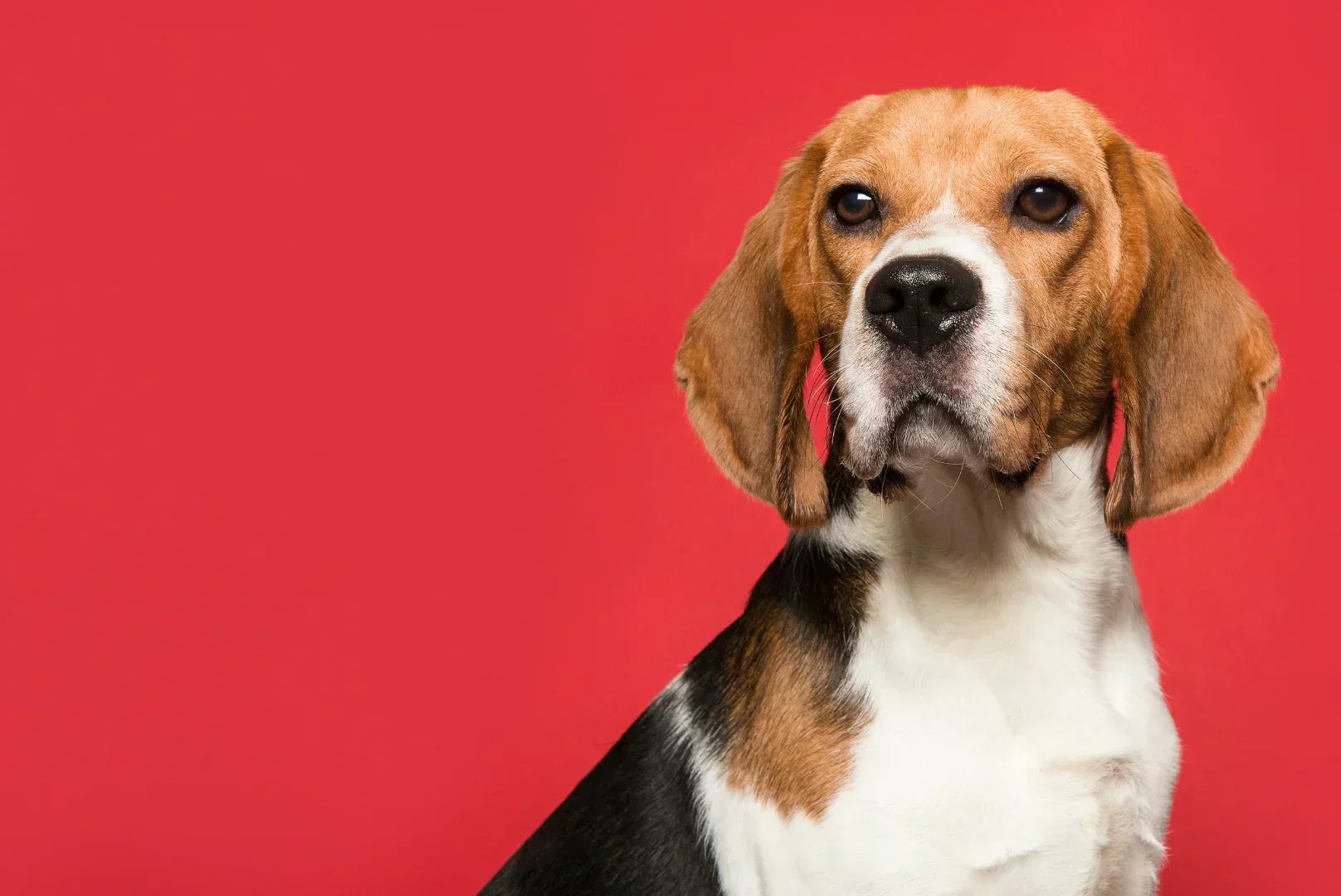
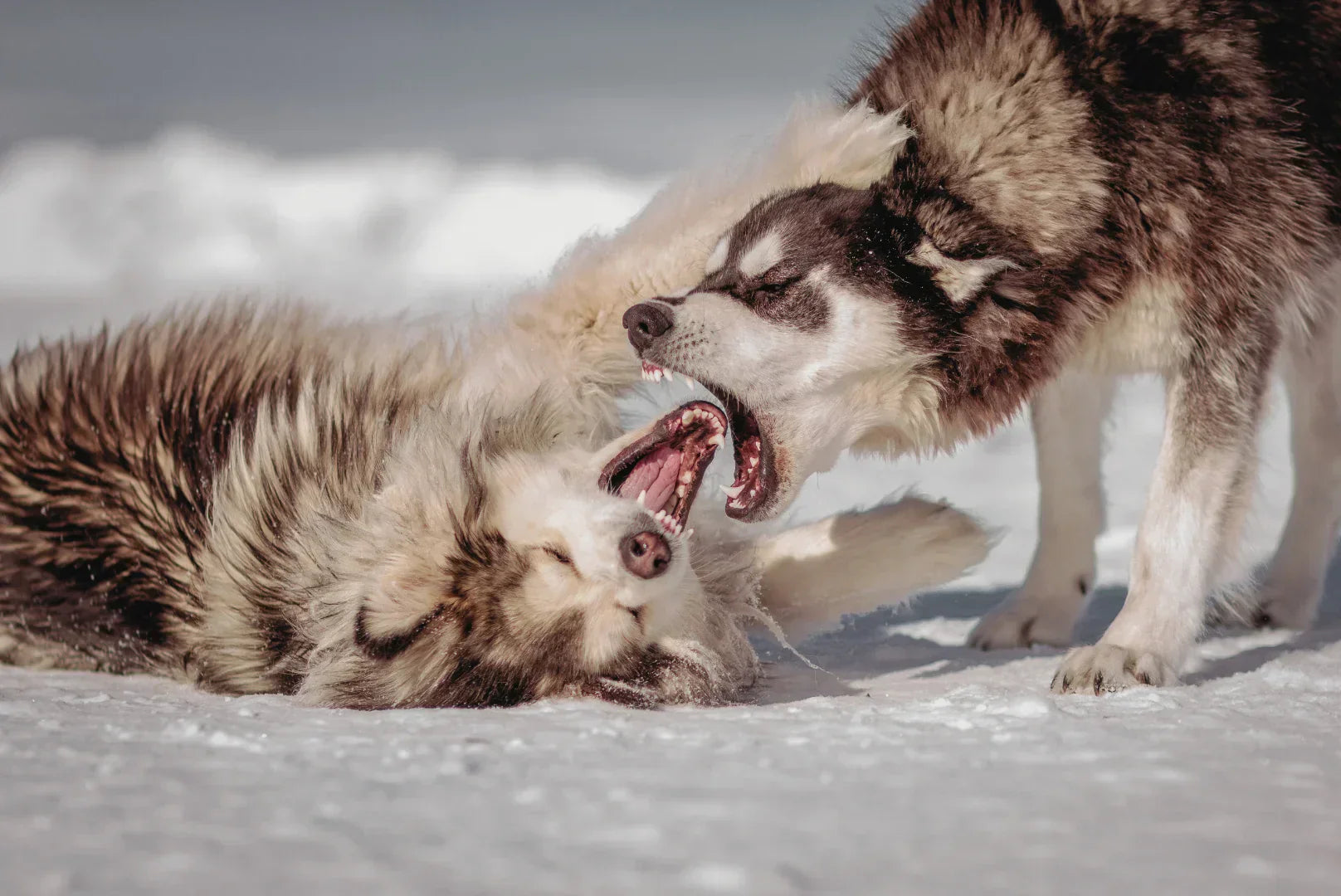
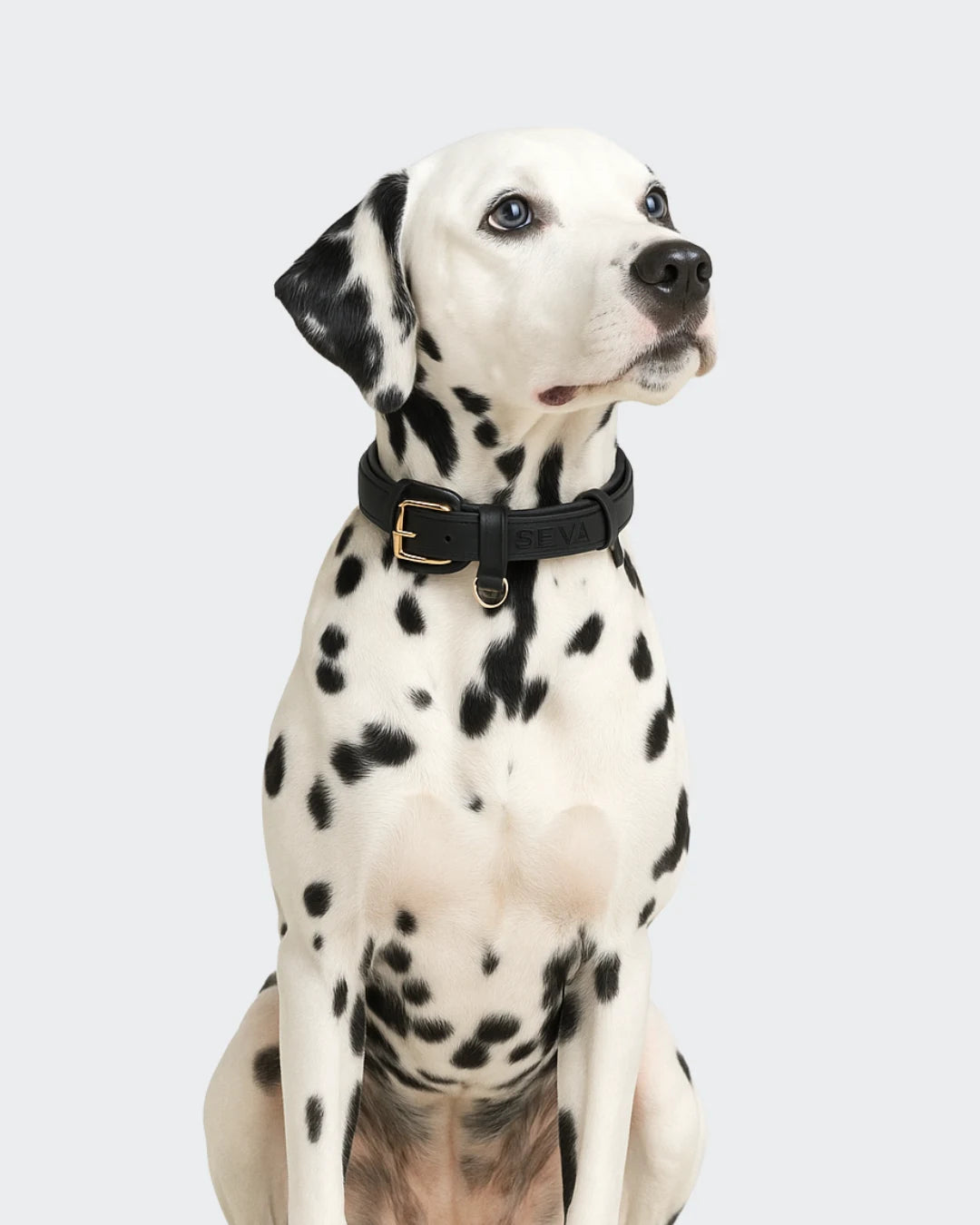
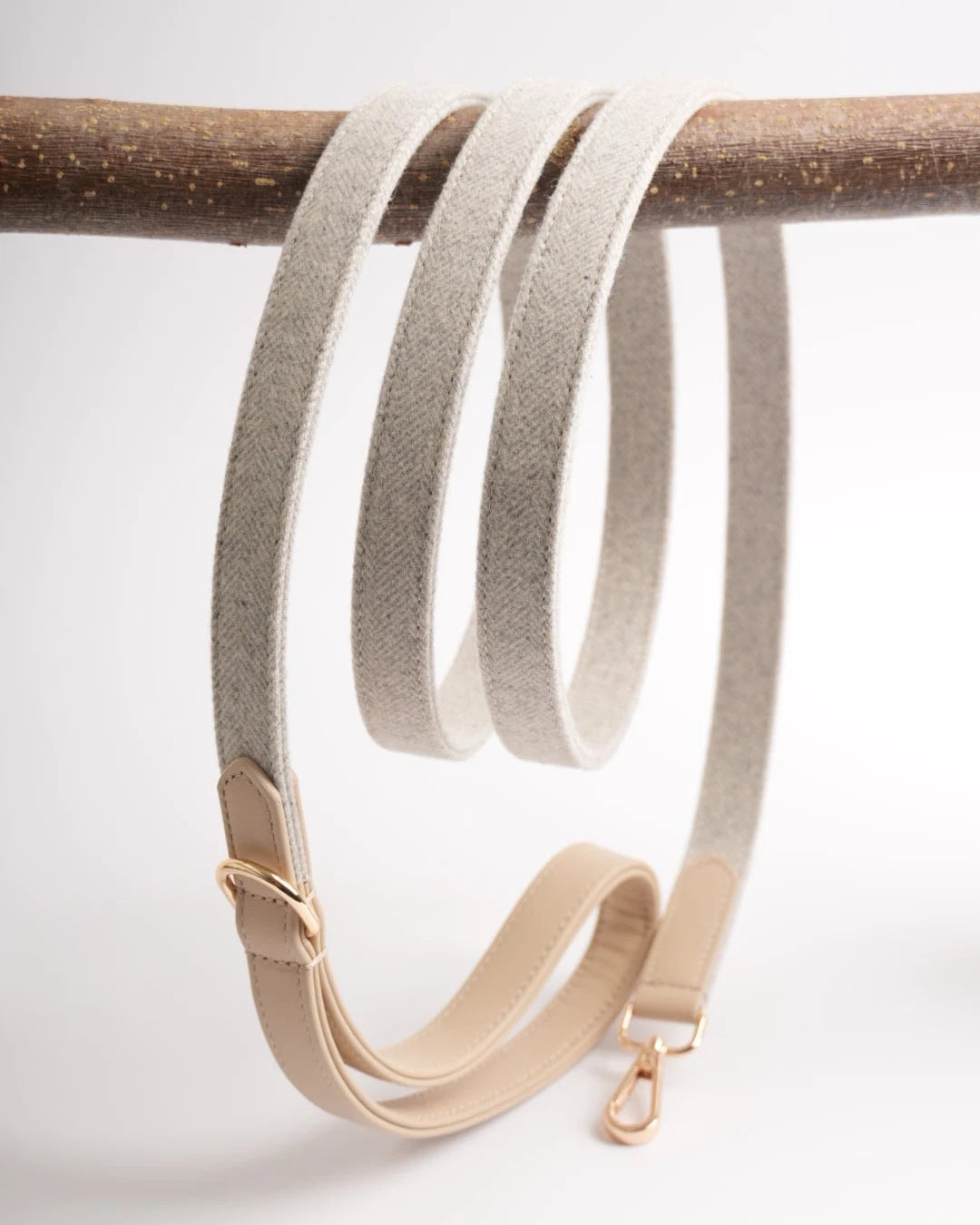
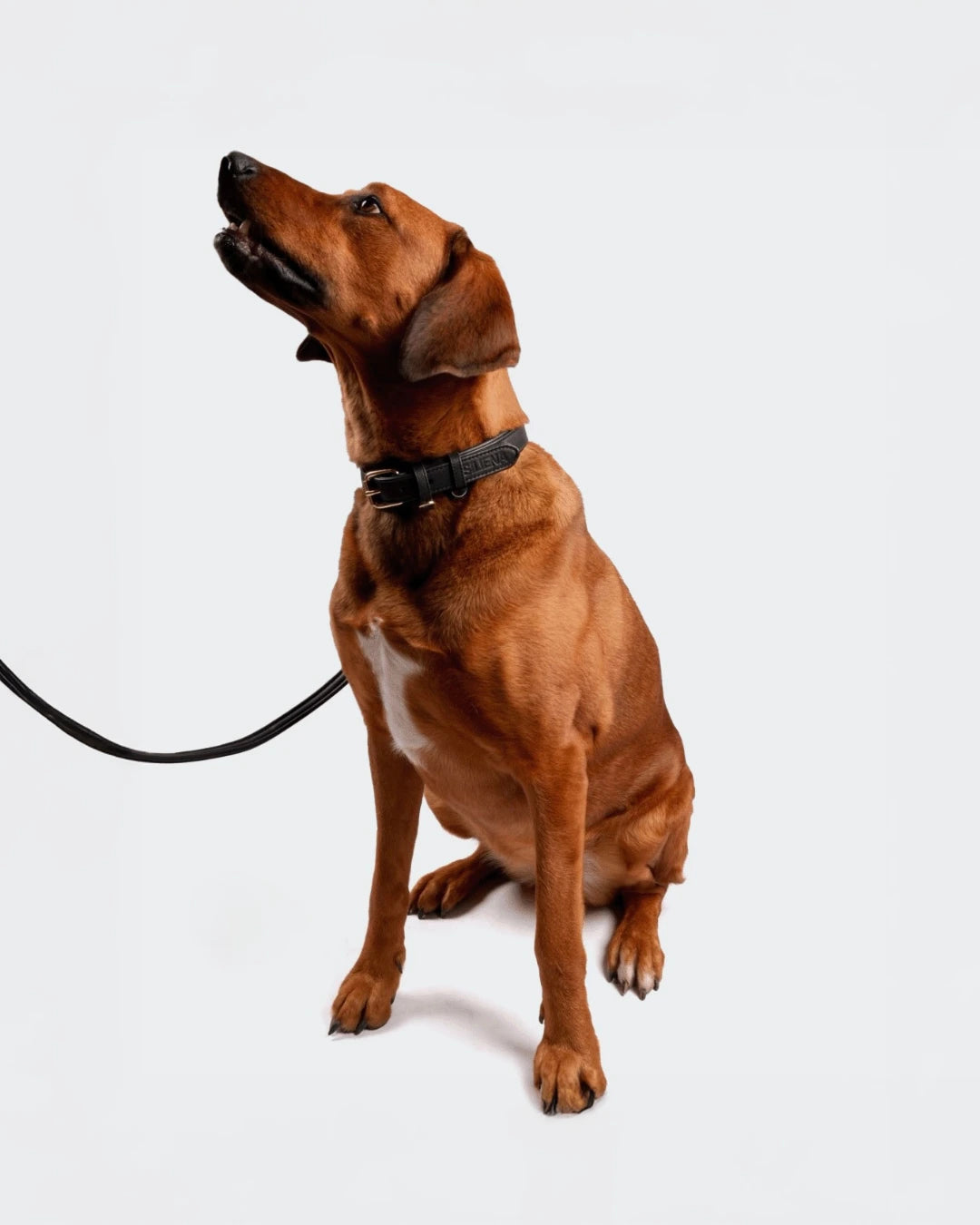
Leave a comment
This site is protected by hCaptcha and the hCaptcha Privacy Policy and Terms of Service apply.